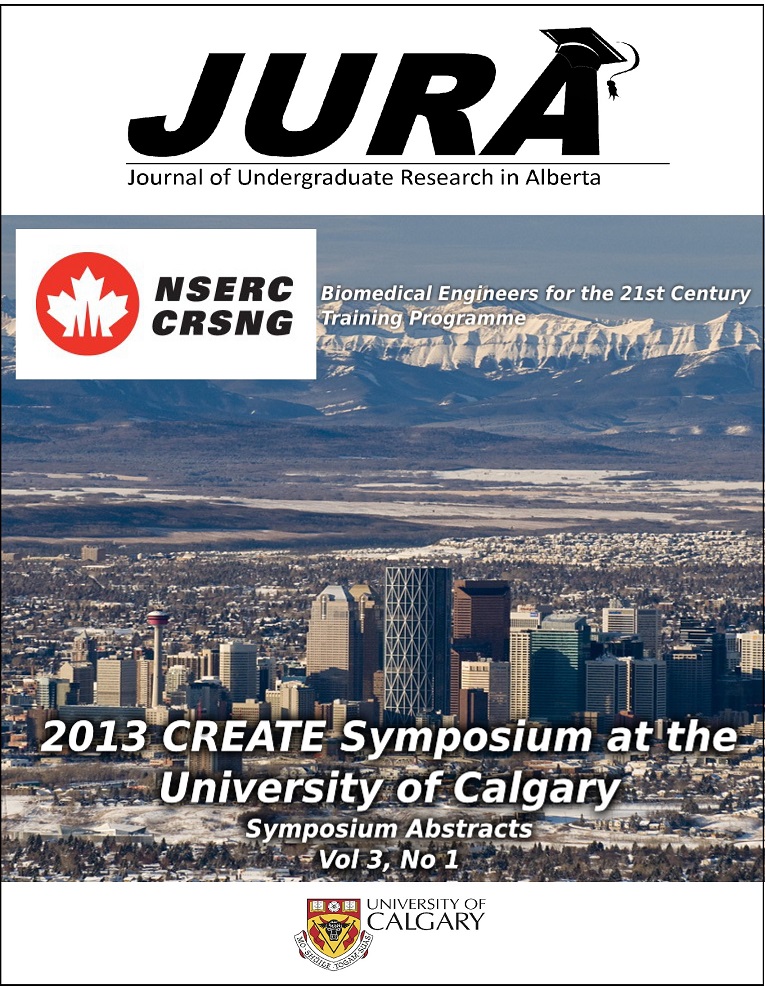Method for semi-automated image segmentation of blood vessels in MRI images
Keywords:
magnetic resonance imaging, mri, image processing, image segmentationAbstract
INTRODUCTION
Atherosclerosis is considered the main pathological process responsible for ischemic stroke [1]. It consists in the accumulation of fatty materials (plaque) in the wall of blood vessels. This phenomenon leads the vessel to thicken, which, consequently, results in less expansion of the vessel within a cardiac cycle. Also, the vessel tends to expand unevenly in the different directions.
Medical imaging techniques such as Magnetic Resonance Imaging have been greatly used for diagnosis of atherosclerosis through visual evaluation of the images. However, due to the qualitative nature of these procedures, one can lead to ambiguous results depending on the quality of the obtained images and on the accuracy of the operator. Also, this procedure is very time-consuming, taking about 7-9 minutes per sequence of 16 phases.
This project proposes a method for segmentation of vessels in MRI images with the use of image processing techniques coded in MATLAB, in order to solve time and accuracy issues.
METHODS
The developed program consists in five main parts: Data Input, User Input, Analysis and Correction, Radial Segmentation and Data Output.
Data Input gathers all the necessary data such as the MRI scans and its parameters. The images are resized and have the contrast increased., User Input prompts the user to click in specific spots on the desired vessel, which is being shown as a figure. They are used as references for setting threshold values in respect to each direction from the center of the vessel.
Then, the program runs by itself in Analysis and Correction by evaluating intensity values as a function of the angle from the center of the vessel (where zero degrees is east), interpolating it and then calculating intensity threshold as a function of the angle.
In Radial Segmentation, sets of vectors are grown radially from the center of the vessel. They will stop growing once the threshold value in the current direction is reached in its extremity. Each vector length is recorded in an array that is used to calculate an average area of the vessel for each phase. Finally, in Data Output, the boundaries of the vessel are shown in a set of images (Figure 1), and the area values and dilation percentage are printed on the screen.
Figure 1. Final plots. Each frame corresponds to one cardiac phase. The segmented boundaries are shown as green lines.
RESULTS AND CONCLUSIONS
Manual measurements made by 3 individuals on 1400 images of 10 volunteers, have been compared to the same measurements made by the program. It has been obtained a p-value of approximately 0.94, consequently showing that there is no significant statistical difference between manual and the semi-automated measurements. The time consumed in the process was reduced by a factor of 24, from about 8m per about 20s per sequence of 16 phase slides. Furthermore, one can use the sharp and accurate segmented borders of the vessel in order to qualitatively analyse the patient’s vessel.Downloads
References
Downloads
Additional Files
Published
Issue
Section
License
Authors retain all rights to their research work. Articles may be submitted to and accepted in other journals subsequent to publishing in JURA. Our only condition is that articles cannot be used in another undergraduate journal. Authors must be aware, however, that professional journals may refuse articles submitted or accepted elsewhere—JURA included.


